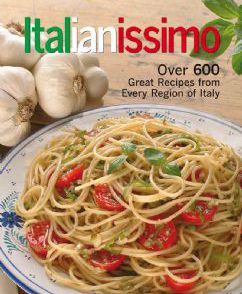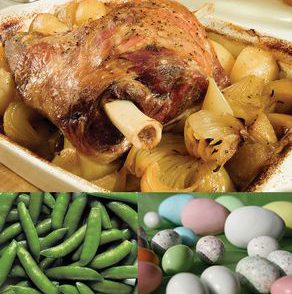Italian cuisine relies heavily on seasonal vegetables and one of the stars that brightens up winter menus is cavolo nero (black cabbage).
There are a couple of myths that should be cleared up right away. First, it’s not black. It’s really a very deep green and has slender curly leaves. Second, though it is in the cabbage family under the species Brassica oleracea, it’s actually known as kale—a species subgroup in which the central leaves do not form a head. It has a high nutritional value and is a good source of iron, calcium, Vitamin C, Vitamin K and folic acid.
With few exceptions, cavolo nero is exclusive to Tuscany, and it is particularly abundant in the area around Florence. Our local greengrocer tells of ‘winter regulars’, customers who stop in the Florence area on their way north or south, just to buy cavolo nero from him when it’s in season.
The leafy green is famous in this part of the world because of its status as the main ingredient in ribollita—the wonderful Florentine version of a hearty winter soup. However, I discovered that cavolo nero is used in many other interesting ways by asking someone who would know—a local cook.
Luca Cassata—friend, excellent cook and proprietor of the very busy gastronomia in Florence—is the kind of man who loves what he does. From early in the morning until late each night, he prepares dish upon dish of wonderful seasonal food. All of his customers leave smiling, content in the knowledge that their purchases will feed their families very well. When I asked him about cavolo nero, a vegetable that I had only heard about in relation to ribollita, he shared this recipe with me as a way to show me just how versatile a vegetable it really is.
As I watched him make this pasta sauce using cavolo nero , onions, parsley and tomatoes, I was amazed at how easy it was. When he was finished, we brought a plate of the finished product right out the door to the nearby greengrocer who had just sold us the ingredients. He pronounced it ‘eccezionale’. Here it is for you to create in your own kitchen.
Buon appetito!
Maccheroni paccheri con cavolo nero (for six)
1 head cavolo nero
500 g. paccheri maccheroni (very large tubular pasta)
2 red Tropea onions
1 small bunch parsley
1 can pomodori pelati (tomato pieces) 400 g.
Olive oil
White wine
Salt and pepper
Peel onions, chop into large chunks and together with parsley and 3 tbsp. olive oil, blend in food processor until liquid. (If you don’t have a food processor, finely dice onions and parsley).
Pour into a large frying pan, cover and sauté slowly for at least 5 minutes.
Meanwhile, bring a large pot of salted water to boil. This water will eventually be used to cook the pasta, but it will be used in the meanwhile for other purposes as well.
Wash the cavolo nero well. Remove the leaves, chop them into pieces and set aside in a bowl. Discard any stems that are discolored, damaged or thicker than a pencil; put the remaining stems, chopped into two inch lengths, into the boiling water. Allow them to boil for about 5 minutes to soften. When ready, put them in the food processor with a tablespoon or two of the cooking water and 1 tablespoon olive oil and blend for a few minutes until they are finely chopped. Add them to the sauté pan with the onions and parsley and mix well. Allow to simmer for about 5 minutes and then add the can of pomodori pelati. Mix well, cover and let simmer while the pasta cooks.
Put the cavolo nero pieces into the boiling water and let them boil for about 5 minutes before adding the pasta, which will need to be cooked according to package directions. Paccheri maccheroni, for example, needs 20 minutes to be properly cooked; other varieties of pasta will need less time. In all, however, the cavolo nero will need about 20 minutes of cooking time.
Just before the pasta is done, turn up the heat on the sauté pan, add a half glass of white wine, and allow the mixture to reduce a little to create a flavorful sauce.
Drain pasta and cavolo nero and toss with the sauce, right in the sauté pan. Return the pan to the heat, add a generous teaspoon of fresh black pepper, salt to taste and allow to simmer for a minute or two to allow all of the pasta to become coated with the delicious sauce.
Serve immediately with a flavorful red Tuscan wine.
More cavolo nero tips:
Remember that cavolo nero is a very hearty vegetable that appreciates being boiled! After you have washed it and discarded any tough stems, it can be boiled, steamed or braised and then used as a side dish by itself (just sauté with a little olive oil, garlic, salt and pepper). It’s also a great antipasto when used as a topping on toasted bread rounds.






